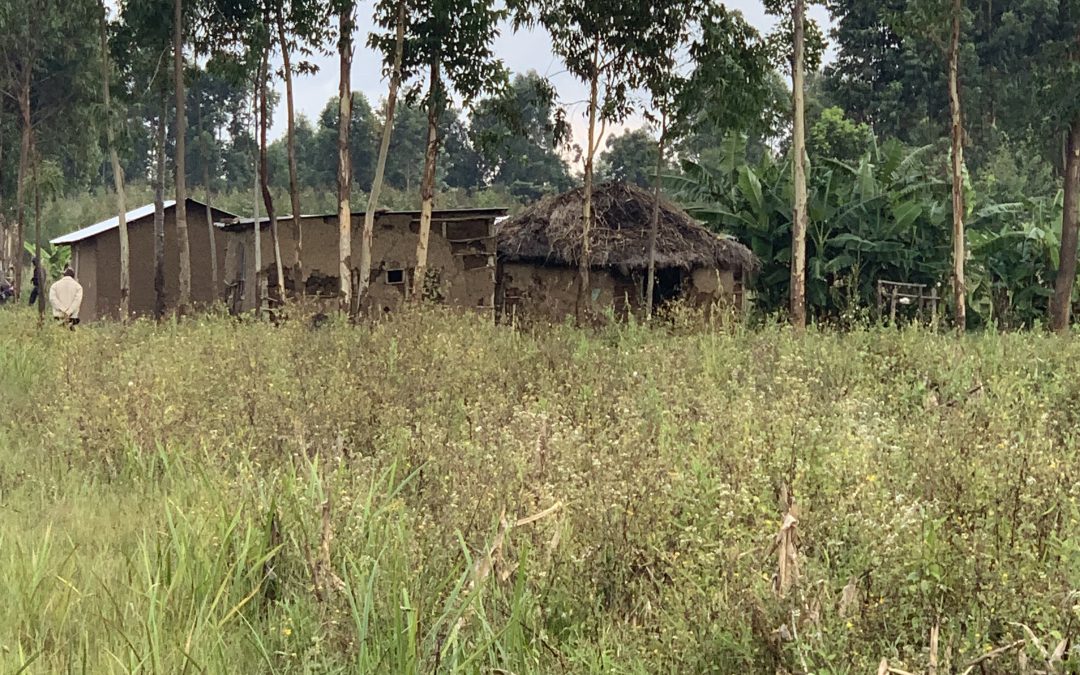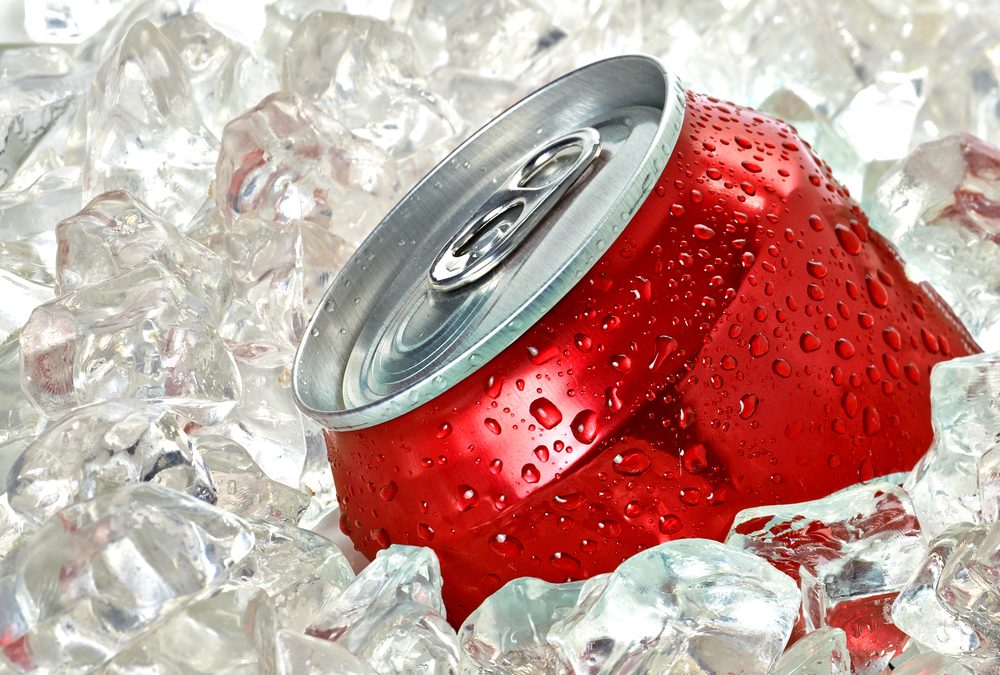
by Dr. Ed Brenegar | Apr 25, 2020 | Brand, Circle of Impact, Impact, Questions, Uncategorized
“It is vitally important that we understand what change is. It is the living, dynamic context of our lives. Every thought, every emotion, every action, every response in a particular moment operates within a change context. Every movement, shift in perspective, or initiative taken happens within the context of change.
Change is so prevalent that we don’t even see it. It is invisible until it becomes toxic or threatening. Then, we see it or feel it so much that we want to get out of it. Change is always present. It is our best friend and our worst enemy.
The skill needed is a recognition that we are always in transition. It is not just a mental note that change is always present. It is seeing precisely what kind of change is happening in the moment. Did I anticipate my clients stepping back from the projects we had planned? I was not surprised. All around me were people I knew whose businesses were in crisis.”
Change is the context of our lives. The question is how do we embrace it.

by Dr. Ed Brenegar | Apr 22, 2020 | Book, Brand, Circle of Impact, Community, Fragmented, Ideas, Impact, Transition
One of the realities that the COVID-19 pandemic has exposed is the degree to which our culture has shifted in the type of consumerism which it promotes.
I remember back in the early 1980s listening to a NPR interview with a guy who had written a book about modern marketing philosophies. I remember it to this day because of the shift that he had noted began to take place during the 1960s. He described how for much of the 20th century marketing had been focused on shaming people into buying products.
Then a shift occurred where consumer product marketers began to promote products by telling people that they deserved to have it. Every time I think of this interview I remember the old McDonald’s jingle, “You deserve a break today…”.

by Dr. Ed Brenegar | Jan 30, 2020 | Book, Brand, Centralized Institutions, Circle of Impact, Community, Decentralized Networks, Two Global Forces, Uncategorized
Entering a world that is dramatically different than my own, as I did in going to Africa, things stand out. Traveling in the rural areas, seeing motorbikes used to haul goods. Harvested agriculture products spread on the ground beside the highway ready to be loaded to be taken to market. People living in extreme poverty. Visiting a hundred-year-old man, who was homeless because he had outlived his family, showed me the power of local communities to mitigate the effects of poverty. Through these experiences, and more, the Two Global Forces took on a deeper, richer meaning.

by Dr. Ed Brenegar | Sep 17, 2019 | Book, Brand, Circle of Impact, Ideas, Impact, Relationships, Structure
Recently I toured The World of Coca Cola in Atlanta. Since I rarely drink soft drinks, my interest was in their brand philosophy and marketing approach.
The Coca Cola Company is the master of product marketing. The tour celebrates the secret formula for Coke and the experience of sharing it with friends. There is a film at the beginning of the tour that associates warm, sentimental feelings with drinking and sharing a Coke. It is very effective.
Coke is selling a brand experience. The drink is associated with the experience. They want you to believe a serving of Coke is a vehicle for creating a happier, more peaceful world. Other beverage companies, like those who sell beer, market their products in a similar manner. It is about the experience of the drink, not the drink itself. It is a very clever, sophisticated approach that has made happiness synonymous with having a Coke with a friend.
As I walked through The World of Coke, I kept thinking about my brand in comparison to Coke’s. Like many people who speak, write, coach and consult, we also provide a brand experience. We have stories. We have brand colors that are intended to associate our brand with the experience of working with us. As I wandered through the exhibits, I wondered if I needed to change things. Later, I reviewed my brand design using the Circle of Impact model. Here’s what I learned.





